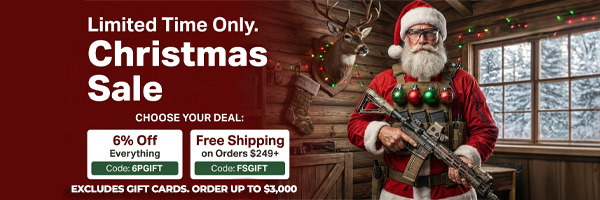The barrel can have one of the biggest impacts on the accuracy of the AR-15 from a component part perspective.
It is also one of the more expensive, and crucial components to “get right” when orchestrating a one-off build. Most important is the barrel twist rate, which will either be dependent upon or provide the catalyst for the selection of a grain weight and projectile type.
As a general rule of thumb, the grain weights on the lower end of the .223/5.56 spectrum from, say, 35-55 grain .22 caliber projectiles will favor a higher twist interval, or a slower twist rate (e.g. 1 in 10 inches or 1 in 12 inches).
The reasoning for this is that the lighter weight bullets do not need as many spins before exiting the bore to be able to be stabilized in free flight. As a corollary, the larger grain weight offerings for the .223/5.56 will generally favor the tighter twist rates, or the lower twist intervals (say 1 in 7 inches, 1 in 8 inches etc.).
These bullets will need more stabilization to get the longer projectile to stay on target over the span of the intended shooting distance. Furthermore, the quality of the barrel manufacture is an important component for making a decision on which barrel to purchase.
The tighter the tolerances and the more specific the chambering or the fitment, the more expensive and more accurate the barrel has a potential t be generally speaking. These are not absolute standards, there are some exceptions across the board, but this generally holds true for the barrels that Ammunition Depot carries.
As a final general rule of thumb that is critical in barrel selection is whether you intend to shoot only 5.56x45; only .223 Remington or both calibers in the firearm.
The specifications for the chamber and rifling pressures that the 5.56x45 exerts are significantly higher than those of the .223, and while you can probably very easily chamber a 5.56 round into a .223 chamber, it can have very dangerous consequences.
If you plan on shooting both types of cartridges (though they are substantially similar) out of the same barrel, you should opt for a barrel in our catalog that is capable of handling the pressures form BOTH the 5.56x45 and the .223 Remington, which is not as uncommon a specification to find as it once was.

